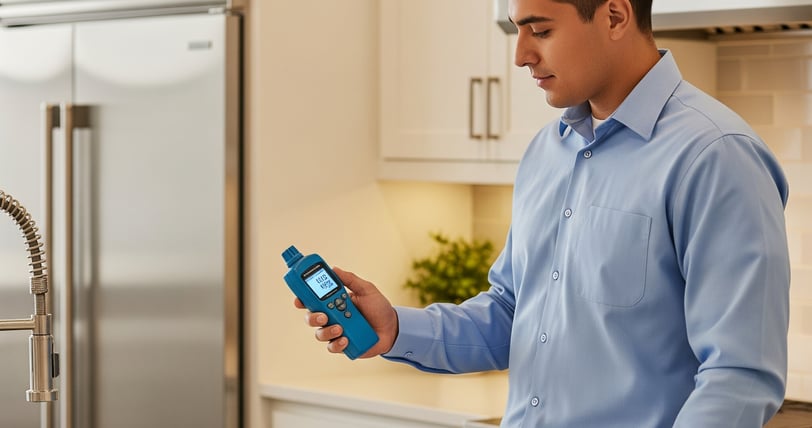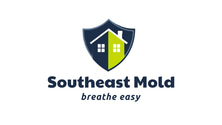Preventing Mold Growth
Humidity Control, Ventilation, and Maintenance needed to prevent mold in your home.
Southeast Mold
5/28/2025


Banish the Spores: Your Guide to a Mold-Free Home
Mold. Just the word can send shivers down a homeowner's spine. Beyond being an unsightly nuisance, mold can trigger allergies, respiratory issues, and even structural damage to your home. But here's the good news: preventing mold growth is often simpler than you think. It all boils down to two key areas: humidity control and proper ventilation and maintenance.
Let's break down how you can keep those pesky spores from setting up shop in your sanctuary.
The Humidity Sweet Spot: 30% to 50%
Think of mold as a tiny, unwelcome houseguest that thrives in damp, muggy conditions. Its ideal vacation spot? Anywhere with consistently high humidity. That's why maintaining indoor humidity levels between 30% and 50% is your first and most crucial line of defense.
Why 30-50%? This range is too dry for most mold spores to flourish, effectively cutting off their primary source of sustenance – moisture.
How to achieve it:
Dehumidifiers: These are your best friends in humid climates or damp areas like basements. Invest in a good quality dehumidifier and empty it regularly.
Air Conditioning: Your AC unit not only cools your home but also removes moisture from the air. Keep it running during humid months.
Exhaust Fans: Use exhaust fans in bathrooms during and after showers, and in the kitchen while cooking. These pull moisture-laden air out of your home.
Monitor: A simple hygrometer (humidity monitor), readily available online or at hardware stores, can help you keep an eye on your indoor humidity levels.
Ventilation and Vigilance: Your Mold Prevention Dynamic Duo
Even with perfect humidity, stagnant air and hidden moisture sources can create pockets where mold can thrive. That's where proper ventilation and prompt maintenance come into play.
Ventilation is Key:
Fan Power: Beyond exhaust fans, consider using ceiling fans or portable fans to keep air moving, especially in areas prone to dampness.
Clear Vents: Ensure all vents – bathroom, kitchen, and dryer – are clear and unobstructed. Blocked vents can trap moisture and create prime breeding grounds for mold.
Maintenance Matters:
Address Leaks Immediately: This is non-negotiable. A leaky pipe, a dripping faucet, or a leaky roof are direct invitations for mold. Fix them as soon as you discover them. Don't let a small drip turn into a major mold problem.
Check for Condensation: Pay attention to condensation on windows, pipes, and walls. This indicates excess humidity that needs to be addressed.
Clean Gutters: Clogged gutters can lead to water pooling around your foundation, which can eventually seep into your home and create damp conditions.
Inspect Regularly: Make it a habit to regularly inspect common mold hotspots like basements, attics, bathrooms, and around windows. Early detection is crucial!
By actively managing humidity and staying vigilant with ventilation and maintenance, you're not just preventing mold; you're safeguarding your home and the health of your family. A dry, well-ventilated home can make for a happier home, and a mold-free one makes for a healthier one. Take these steps today to breathe easier tomorrow! If you have any questions, or you would like a professional to inspect an issue in your home, please all Southeast Mold at 770-744-3383 or email us at info@southeastmold.com
